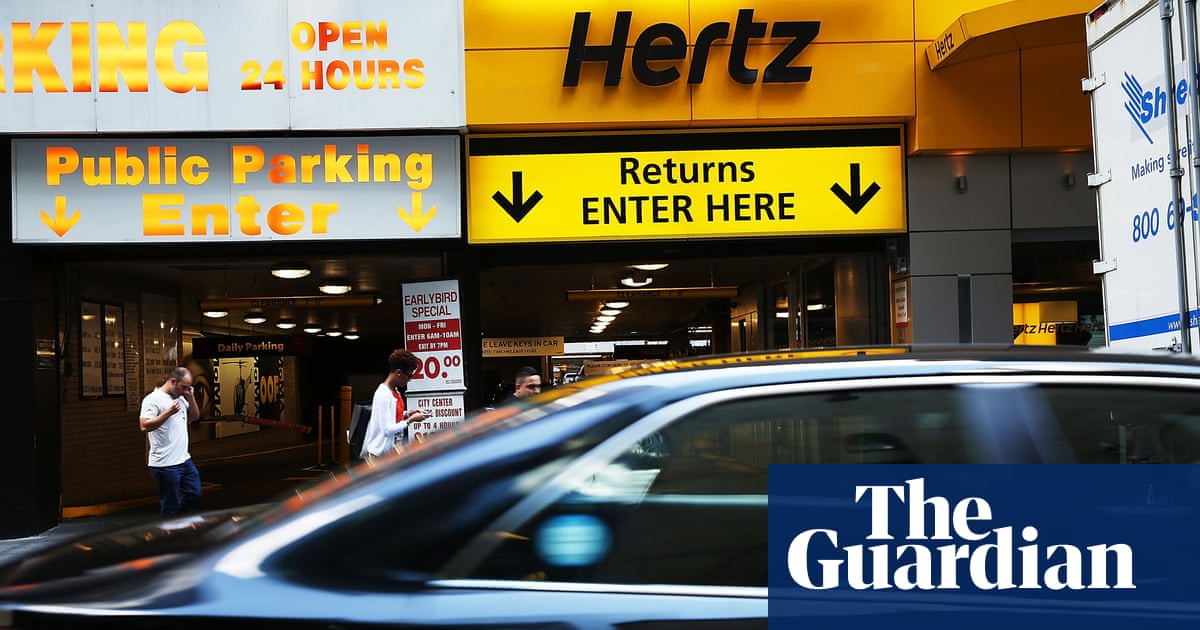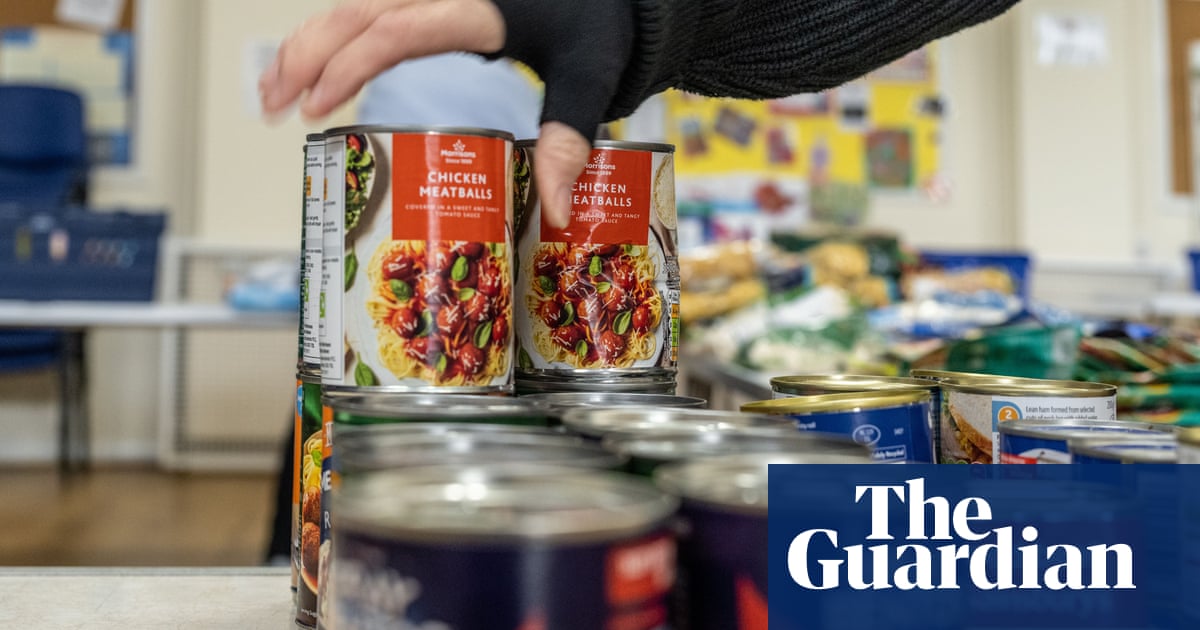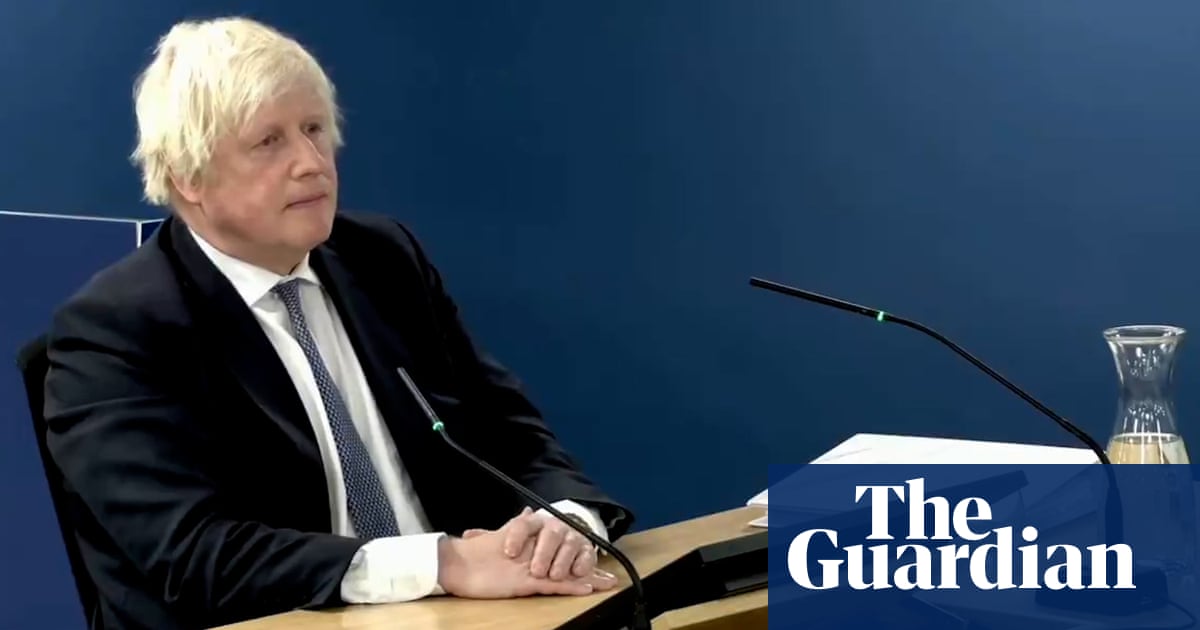
e’ve experienced a devastating loss of funds at a time when we’ve also had a lot of extra costs, from additional therapeutic services and finding additional accommodation to basics like needing more toiletries, anti-bacterial wipes, food and medication for our clients.”
Rachel Millar is senior policy officer at Harlow-based domestic abuse charity Safer Places, which helps about 2,800 clients a year, and at any one time supports nearly 90 families living in refuges in Essex and Hertfordshire.
Like other UK charities, Safer Places has had to dig deep to overcome the impact of the coronavirus pandemic, eating into its reserves to support growing demand for services. Its income was particularly badly hit in the early days of the first UK lockdown, says Millar, when it had to halt training programmes that bring in valuable funding.
The charity had to find a way to continue to support its clients and managed to adapt, she says. It moved its training online and used emergency government funding to ensure it could meet the growing demand for services.
Local support also grew, but in the form of people volunteering, or donating toys, rather than giving money – something Millar understands when the pandemic is threatening so many people’s livelihoods.
It’s the longer-term outlook that worries her now. “So many charities are in the same position as us, and grant providers may have to redirect funding towards other charities that may not previously have needed it,” she says. “We’re doing everything in our power to support our clients, but there is an issue about longer-term sustainability.”
It’s not just smaller local charities feeling the impact of the virus. Two of the UK’s largest charity appeals, Children in Need and the Royal British Legion’s annual poppy appeal, which between them raised £98m last year, are braced for significant downturns in donations.
The poppy appeal runs from 22 October to 11 November, but this year, for the first time in the organisation’s 99-year history, fundraising by volunteers on the streets had to be cancelled. The charity expects to lose millions in donations as a result.
Last year, Children in Need raised nearly £48m, but it also faces a potential downturn in donations. “We don’t have a set fundraising target for this year’s appeal but we are committed to doing everything we can to help children and young people get through the current crisis,” says Simon Antrobus, chief executive of the charity, whose telethon is this Friday.
Analysis in June by independent charity Pro Bono Economics predicted a £6.4bn loss of income over the six months to December 2020 for the UK’s 170,000 charities, leaving one in 10 potentially facing bankruptcy. Smaller, local charities are especially exposed to the crisis.
And recent research by academics in Birmingham and Southampton found that many charities in England and Wales had low levels of financial reserves to fall back on: for just over a fifth of charities, reserves were equivalent to less than a month’s spending.
The news isn’t completely bleak. UK charity donations in the first six months of 2020 were up on the same period the previous year, according to the Charities Aid Foundation. Donors’ generosity pushed the total up to £5.4bn in January-June. There was also a surge in volunteering and the government handed out emergency funding.
All these are welcome – but they have a sting in the tail. Government funding was very specifically focused on Covid-related services, and while donations did increase, much of the additional money was for NHS charities, says Rita Chadha, chief executive of the Small Charities Coalition.
Like Millar, she worries about the sustainability of smaller local charities, especially those dependent on council funding, itself under threat. “We’re looking at charities who got nothing and are now closing, or merging or going dormant,” she says, warning that many may not make it to the end of the year.
“Charities have been hit hard, especially those that depend on public fundraising,” agrees Rosemary Macdonald, chief executive of UK Community Foundations, a network of grant providers for local charities. However, despite the bleak outlook, Macdonald believes charities have already proved their ability to adapt to the crisis. “Covid has shown that there are new opportunities,” she says. Lots of small charities have secured funding to support sports or recreational services, some in new partnerships, as part of a national anti-obesity drive.
A survey in June by the Neighbourly community investment platform showed that demand for support from small local charities had doubled. In response, says Neighbourly’s chief executive, Steve Butterworth, most charities have remodelled their services. “They’ve realised they can’t wait for external help,” he says.
Karl Wilding, chief executive of the National Council for Voluntary Organisations, summed up the situation for UK charities succinctly in a tweet at the end of October: “The good news is many are innovative and ready,” he said. “Bad news: we’re all knackered and the money’s run out.”
This week will show whether major national appeals can still pull in multimillion pound donations as they, like smaller charities around the country, try to adapt to the pandemic.












